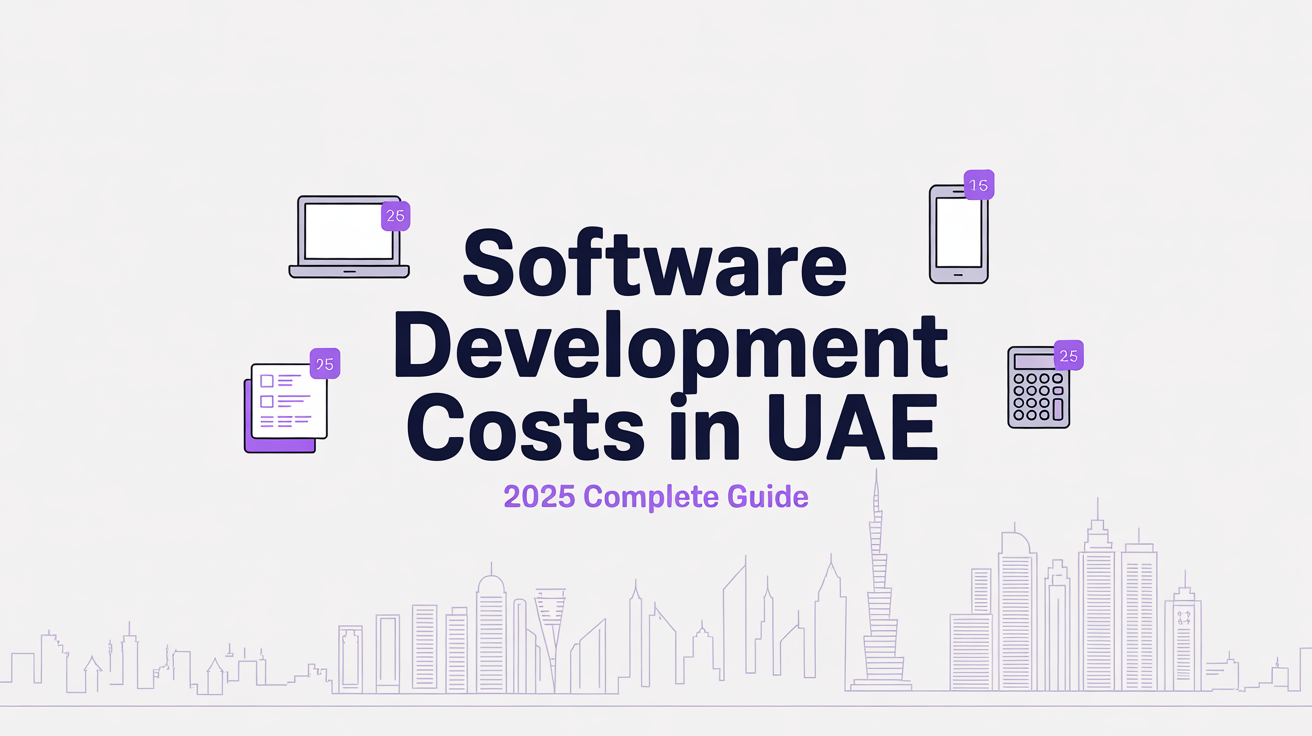
A World of Code, Crafted for Problem-Solving
Imagine a world where there’s only one tool for every job. One hammer for building houses and performing surgery. One brush for painting masterpieces and scrubbing bathroom tiles. Sounds absurd, right? We instinctively understand that different tasks demand different tools, each carefully designed for its purpose.
The world of programming is no different. While it might seem baffling at first, the existence of over 700 programming languages isn’t a quirk—it’s a testament to the incredible diversity of problems we’re solving with code. Just as a surgeon wouldn’t operate with a paintbrush, a programmer wouldn’t craft a sleek website with the same language they use to program a heart monitor. Ready to explore this fascinating landscape of digital tools? Let’s dive in
Why So Many Languages? A Focus on Problem-Solving
So, why are there so many programming languages? Simply put, because the challenges we tackle with code are incredibly diverse, and one size doesn’t fit all. Imagine building a skyscraper versus crafting a delicate piece of jewelry – you’d use different materials, tools, and techniques, right?
Programming languages, in essence, are the materials and tools of the digital world. Let’s look at two key ways they differ:
1- High-Level vs. Low-Level: Bridging the Gap Between Humans and Machines
Think of a “high-level” language as speaking to a skilled architect. You describe your vision – a beautiful, functional house – and they translate your ideas into detailed blueprints. Similarly, high-level languages like Python or JavaScript allow programmers to write code that’s relatively easy for humans to read and understand. These languages handle a lot of the behind-the-scenes complexity, making it faster to develop applications.
On the other hand, a “low-level” language is like speaking directly to the construction crew – you need to give very specific, detailed instructions. These languages, like C or Assembly, operate closer to the hardware, giving programmers fine-grained control. They’re essential for tasks where performance is critical, such as operating system development or programming embedded systems
2- Paradigms: Different Approaches to Problem-Solving
Beyond high-level vs. low-level, programming languages also differ in their paradigms – essentially, their philosophies and approaches to organizing code. Here are a couple of commonparadigms:
● Object-Oriented Programming (OOP): Imagine building with Lego bricks. Each brick has its own properties and functions, and you can combine them to create complex structures. Languages like Java, Python, and C++ embrace OOP, making them ideal for building large, complex applications where code reusability is key.
● Functional Programming: Think of a recipe. You have ingredients (data) and a series of steps (functions) to transform them into a delicious dish. Functional languages like Haskell and Lisp emphasize the evaluation of functions with minimal side effects, making them well-suited for data analysis, mathematical computations, and parallel processing. Of course, the world of programming paradigms is much richer than these two examples. The key takeaway is that different languages excel in different domains.
Real-World Solutions: Programming Languages in Action
We’ve talked about how different programming languages excel in different areas. Now, let’s step into specific scenarios and see these languages in action.
1. Building the Web:
From Storefronts to Social Networks Imagine the internet as a bustling city. Programming languages are the architects, construction workers, and interior designers, all working together to build the experiences we navigate every day.
● HTML, CSS, and JavaScript: The Front-Line Trio – When you visit a website and admire its layout, colors, and interactive elements, you’re witnessing the magic of these three languages.
- HTML provides the basic structure (like the building’s framework).
- CSS adds style and aesthetics (think paint, furniture, decorations).
- JavaScript brings it all to life with dynamic content and interactivity (imagine automatic doors, light switches, and interactive maps).
● Python, JavaScript (Node.js), Ruby: Powering the Backend: The Front-Line Trio – When you visit a website and admire its layout, colors, and interactive elements, you’re witnessing the magic of these three languages.
2. Data Science & Machine Learning: Unlocking Insights from Mountains of Data:
From predicting customer behavior to powering self-driving cars, the ability to extract knowledge
from data is transforming our world.
● Python: The Data Science Powerhouse – With its extensive libraries for data analysis
(like Pandas, NumPy), visualization (Matplotlib, Seaborn), and machine learning
(Scikit-learn, TensorFlow), Python has become the go-to language for data scientists.
● R: A Statistician’s Best Friend: R was built specifically for statistical computing and
data visualization. It excels in creating compelling charts and graphs to uncover hidden
patterns and trends in data
3- Mobile App Development: Bringing Ideas to Your Fingertips
The apps on your smartphone – for communication, entertainment, productivity, and more – are
all powered by code.
● Swift (iOS) and Java/Kotlin (Android): Native Powerhouses – If you need to build high-performance apps deeply integrated with specific operating systems (like iOS or Android), then Swift (for iOS) and Java/Kotlin (for Android) are the languages of choice.
● React Native, Flutter: Cross-Platform Efficiency – Need to reach both iOS and Android users without building separate apps? Cross-platform frameworks like React Native (using JavaScript) and Flutter (using Dart) allow you to write code once and deploy it on multiple platforms.
Choosing Wisely: Factors Beyond the Code
You’ve seen the impressive range of problems different programming languages can tackle. But in a world with over 700 options, how do you choose the right one for a project, a career, or even just your own learning journey? While a language’s technical capabilities are essential, there are other crucial factors to consider
1. The Power of Community: Finding Your Tribe
Imagine getting stuck on a tricky coding problem at 3 am. A strong programming community can
be a lifesaver! Here’s why community matters:
- Support & Resources: Large, active communities mean more forums, tutorials, documentation, and experienced developers willing to help.
- Libraries & Frameworks: These pre-built code modules can save you countless hours by providing ready-made solutions for common tasks. Popular languages tend to have vast ecosystems of libraries.
- Shared Knowledge: Communities foster a culture of sharing, where you can learn from others’ experiences, best practices, and even mistakes.
2- Riding the Wave: Industry Demand & Job Market
If you’re learning to code for career reasons, understanding industry trends is vital. Some languages are in high demand in specific fields:
- Web Development: JavaScript remains king, but Python and PHP are also popular.
- Data Science & Machine Learning: Python (with its data-focused libraries) dominates followed by R.
- Mobile App Development: Swift (iOS), Java/Kotlin (Android), and cross-platform frameworks like React Native are in demand.
3- The Personal Touch: Learning Curve & Preference
While technical merits and market trends are important, don’t underestimate the power of personal preference!
- Learning Curve: Some languages are known for being beginner-friendly (Python, JavaScript), while others have steeper learning curves (C++, Assembly). Starting with a language that “clicks” with your learning style can make a huge difference.
- “Joy” of Coding: Believe it or not, some languages are simply more enjoyable to write in than others (subjective, of course!). Finding a language that resonates with you can fuel your passion for coding
The Future is Fluid: Adapting to the Evolving Landscape
The world of programming is anything but static. It’s a dynamic, ever-evolving landscape where new languages emerge, established ones adapt, and the “hottest” technologies can change faster than you can say “JavaScript framework.” Here’s why embracing this fluidity is essential for any aspiring or seasoned programmer:
- New Languages, New Possibilities: Remember those emerging languages we mentioned earlier? Rust, with its focus on safety and performance, is gaining traction. Julia is turning heads in the world of scientific computing and data analysis. These new entrants often address limitations in existing languages or unlock new ways of solving problems.
- Evolving for the Future: Even the most established languages don’t rest on their laurels. Python, known for its readability, constantly releases new versions with improved features and performance optimizations. Java, a workhorse of enterprise development, has undergone significant updates to keep pace with modern development practices.
- The Adaptable Programmer: In this fluid landscape, the ability to learn and adapt is paramount. Don’t be afraid to step outside of your comfort zone, pick up a new language, explore a different paradigm, or experiment with the latest framework. Continuous learning is the key to staying relevant and thriving in the exciting world of programming!
Conclusion: Embracing the Power of Choice
As you’ve seen, the vast and varied world of programming languages is a testament to the incredible range of problems we’re solving with code. There’s no single “best” language – it’s all about choosing the right tool for the job, considering the community, and aligning with your career aspirations and personal preferences. So, whether you’re drawn to the elegance of Python, the versatility of JavaScript, or the raw power of C++, embrace the power of choice, never stop learning, and get ready to shape the future with code



